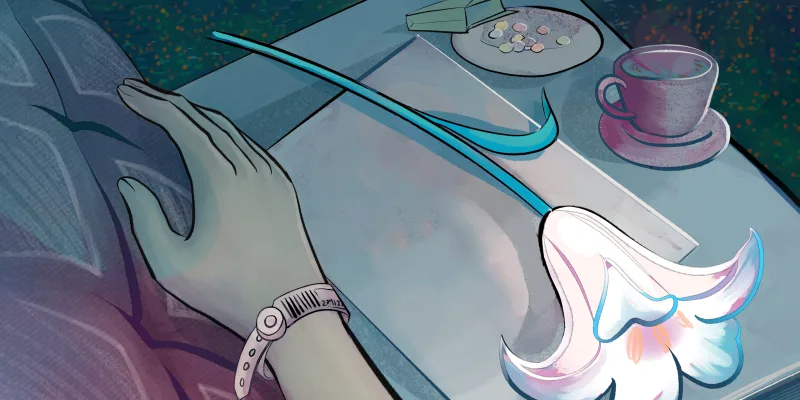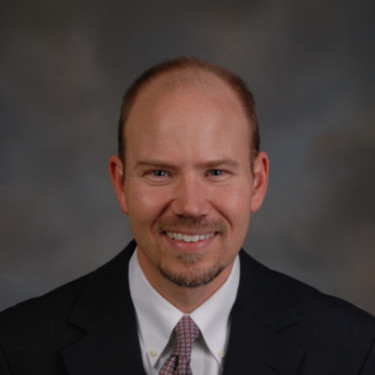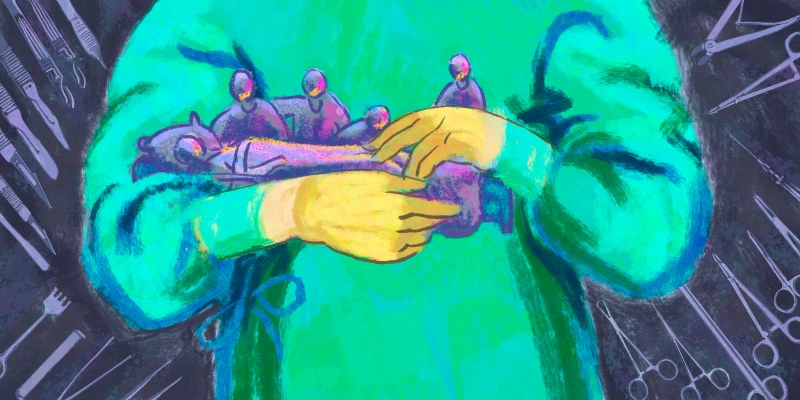As a medical student at Harvard Medical School, I have noticed a quiet revolution brewing. Many of my classmates and seniors are forsaking the traditional path of patient care for a diverse array of non-clinical careers, from consulting and finance to biotech and health policy. It’s not just them — a recent survey from Elsevier Health revealed a startling trend: Over half of medical students in the U.S. no longer aspire to careers in direct patient care, with a quarter contemplating abandoning their studies altogether. This figure is twice the global average (12%), suggesting a unique problem within the U.S. While the study offers some hints as to why this might be occurring — 60% of students reported mental health concerns and 60% were worried how clinician shortages would affect their workload — this trend marks a significant departure from the traditional path that has defined medical education for generations, prompting us to delve into the underlying reasons and explore the implications for the future of health care.
To better understand this trend, I spoke with five Harvard Medical School and Johns Hopkins alumni, three men and two women, who moved into non-clinical careers upon medical school graduation. Our conversations provided invaluable insights into the motivations — and challenges — such individuals face. Though every alumnus I spoke to emphasized that their decision to pursue non-clinical paths was deeply personal, I nevertheless was able to identify a few common trends across the range of directions taken.
Diverging Paths: A Quest for Purpose and Impact
For most of the alumni I spoke to, the decision to veer off the well-trodden path of clinical medicine came from a gradual realization that their passions and skills aligned more closely with fields outside of medicine. They found that the dual motivations of science and helping people that bring us all to medicine could be realized elsewhere, and for some, in ways that felt more impactful.
For these former students, the rewards of making a career change far outweighed the risks. Concerns about job security, the need to acquire new skills, and the potential stigma associated with unconventional choices paled in comparison to the newfound intellectual stimulation, freedom, and creativity they relish in their current roles. As one alum told me, “I'm working on cutting-edge science that has the potential to revolutionize the treatment of genetic diseases. It's incredibly fulfilling.”
At Harvard, we were told at matriculation to be a “physician and” — a physician and a scientist, an entrepreneur, a policy wonk, a writer, or anything else. I wondered why these former students felt their quest for meaning had to occur outside of medicine. One alum compared the decision to a scene from the movie The Dark Knight Rises: “Bane has to make a desperate leap, and the only way he can be successful is without the safety rope holding him back.” By splitting his focus between passions, this alum felt he would be doing patients and his company a disservice. Another alum explained how he felt unsupported by residencies to pursue entrepreneurship, and that he found the 80-20 physician-scientist model too constraining: “It has never been harder to secure NIH funding, but never easier to start a company.”
The Challenges of a Clinical Career
Most of these alumni viewed their new careers as an opportunity, rather than an escape. Still, many brought up concerns about the medical profession and the ever-increasing burden medical professionals are expected to shoulder. The long hours, high stress, and risk of burnout associated with clinical practice were major factors in their decisions to pursue non-clinical paths. One alum explained that the moment she decided to leave medicine was when she realized that clinical practice did not align with her preferences for autonomy and flexibility. Her journey reflects the growing desire among medical students to chart their own career paths, free from the constraints of traditional medical hierarchies. As the average age of medical school students grows, many find their priorities shift, with the daunting gauntlet of residency too straining on their budding family life.
For those of us who choose medicine, the reward for these challenges is often the meaningful relationships we get the privilege to build with our patients. Yet one alum now in venture capital shared that those rotations paradoxically showed him the loss of human connection during clinical training: “The attendings and residents were so busy, they could hardly spend 15 minutes with a patient. On the other hand, in my current career, I am able to spend hours talking with startup founders about their exciting ideas and problems that I can help solve.”
Many of the high-achieving alumni I spoke to had planned to resolve the challenges of clinical careers by balancing them with academia and research interests. But for these ex-clinical alumni, medical school or MD-PhD training fostered disillusionment with academia, which seemed too focused on volume over value and too restrictive for budding physician-scientists. As one alum shared, “To get those NIH grants, you have to choose one area and stick to it. For me, I am excited about many things and love learning about new fields.”
Striking the Balance in Medical Education
As the number of medical students opting for non-clinical careers continues to rise, the question of how medical schools can better support these future health care professionals becomes increasingly relevant. I asked the alumni for their insight.
One alum told me that it was a quiet revolution for a reason; students are too scared of stigma to have meaningful discussion with, and receive guidance from, their advisors in medical school leadership. “Medical schools need to do a better job of exposing students to non-clinical careers,” she said. Specifically, she believes there should be more opportunities for students to explore different paths, network with professionals outside of medicine, and develop the skills they need to succeed in these fields. She argues that open discussion is what will empower students to make the best decisions, and that medical schools ought to play a proactive role.
Others recognized the challenges that schools face. Their stated mission is to prepare practicing physicians, and with the limited seats, high competition, and growing physician shortage, it may seem irresponsible to encourage students toward non-clinical paths. Yet, in today’s complex medical landscape, many non-clinical health care careers benefit immensely from a medical education; the unique insights from clinical rotations and four years spent learning human pathophysiology would not be possible without that MD/DO background. Some schools have also begun to innovate on the medical curriculum, introducing accelerated medical paths and direct residency progression to encourage clinical careers, especially in primary care. Expanding medical school enrollment has also gained traction as a potential solution, ensuring an adequate supply of physicians to meet the needs of America's growing patient population — even if some graduates ultimately pursue non-clinical careers.
One alum shared a less positive outlook: “I’m not very hopeful that schools will be leading this at all.” The accelerated paths may just be a bandage, and they are skeptical that residencies or even future hospital employers will be able to retain these physicians. Many of these students see their peers achieving broader impact, more human interaction, career autonomy, improved work-life balance, better compensation, and stimulating problem-solving in their careers — why would they stick around? This alum explained that top-tier medical schools are inherently attracting students who have diverse interests, are high-achieving in many areas, and would be unhappy with a purely clinical career. And yet, perhaps this isn’t a bad thing: those students often grow to be the ones pioneering positive change in medicine, like implementing new technologies and changing health care delivery. Another alum put it plainly: “We do not need more miserable physicians.” If students are finding happiness elsewhere, so be it.
Implications for Health Care of the Future
The question remains: If half of medical school students are to pursue non-clinical careers, where does that leave the future of health care delivery?
One alum told me that the rise of APPs and physician-extenders like nutritionists makes him less concerned about future patient care. He explained that these professionals have been able to take on increasing roles in primary care delivery and offer other pathways to clinical medicine. In addition, recently approved laws, such as in Tennessee, are reducing the barrier of entry for international graduates. More significant, this alum said, would be the role of technology like artificial intelligence (AI) — especially in specialties like radiology. AI is quickly advancing in medicine, and new medical AI “co-pilots” such as those being pioneered by tech giants like Google and Amazon could significantly reduce physician workload and burnout.
In the face of these changes, I believe the exodus of medical students from traditional clinical careers is not a cause for alarm but rather a reflection of the evolving nature of health care and the expanding opportunities for medical professionals. By understanding the motivations and experiences of those who have successfully navigated this path, medical schools and the health care system can better support and harness the talents of these individuals. At the school level, providing comprehensive career counseling, fostering a culture of innovation and entrepreneurship, and creating opportunities for students to explore non-clinical paths can help retain talented graduates and help them grow. At the system level, perhaps we can take a page from the industries that the alumni I spoke to embraced, offering better comfort and work-life balance to make health care workers feel more valued in the hospital. More broadly, embracing the diverse talents and perspectives of non-practicing doctors can foster innovation, improve patient care, and address the growing challenges of an aging population and rising health care costs. In doing so, we will create a new generation of health care leaders who are equipped to bring us into the future of medicine — a future where patient care and innovation go hand in hand.
Have you ever felt the pull of a non-clinical career? Share in the comments!
Aditya Jain is a third-year medical student at Harvard Medical School. His previous works include "The Future is STEM" and medical fiction shorts for In Vivo Magazine. He is a published researcher on the applications of artificial intelligence in medicine. When he's not busy with rotations, he enjoys playing guitar, reading sci-fi, and nature hiking. He tweets @adityajain_42. Aditya is a 2023–2024 Doximity Op-Med Fellow.
Illustration by Diana Connolly







